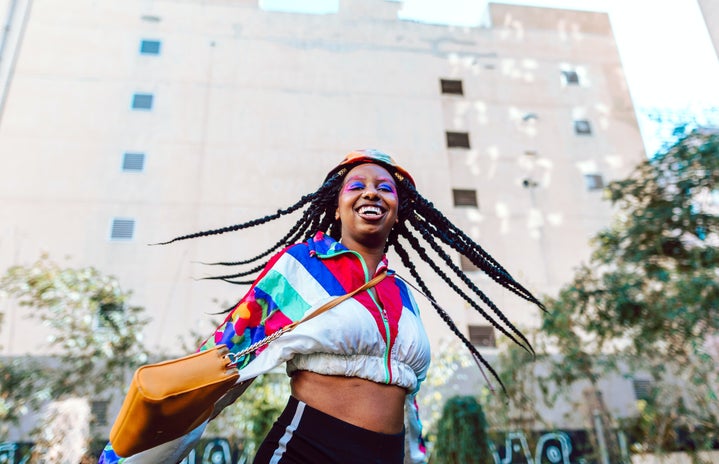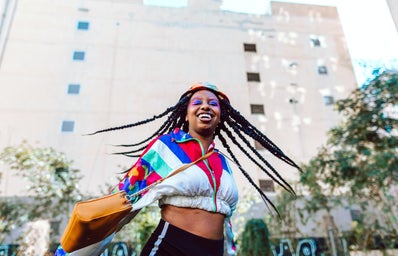Modern dance emerged into the world in the late 19th century. The universe truly saw its beauty and power to tell evocative and emotional stories in the 20th century.
The first time I tried modern dance, I was 5 years old. Modern dance released me into freedom. I bounded across the wooden floor, letting my feet sprang into the air and slide across the floor. I was breaking into light and dancing in the bright lights, illuminating warmth and joy!
Now, as I watch the video “Hey Little Fighter” where a girl expresses how being controlled by a man makes her feel like being locked in a cage, I breathe in deeply and let out my breaths – to also unlock the door to the many cages I am in. Gradually, through her hand movements moving across her head, clutching her chest, and kicking her legs in the air, and walking backwards and stretching forwards and backwards, she becomes free, and I follow her lead. In this essence of freedom, she and I gradually escape the cage. Eventually, we leap into the air because we are metaphorically flying away. This is the essence of what Loie Fuller, Isadora Duncan, Ruth St. Denis, and Ted Shawn created: freedom in dance. They rebelled against the strict form of ballet dance and a dance form designed using freedom, called interpretive dance. Rebelling against two forms of dance that are in paradox to each other symbolizes how new genres of dances can form from protesting against the style it despises and the type of dance it has its roots in.
Modern dance is ultimately a dance used to create a theatrical performance. Like theater, it tells stories through expressing emotions without restrictions in body movements. Interpretive dance also incorporates theater, as it involves dressing up in costumes that are reflective of the characters being portrayed through the dancing.
I hope you can consider using modern dance to communicate your emotions. Modern dance will hopefully provide you with a lens into your emotional state of mind, so you can reflect and heal.


